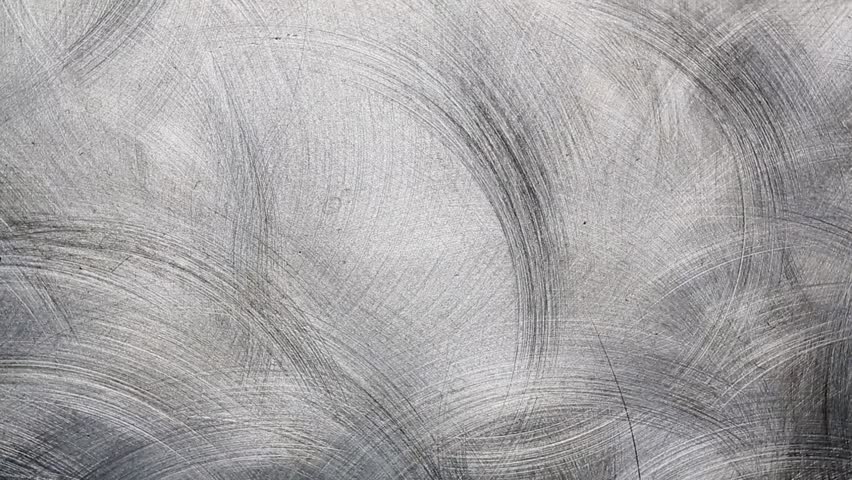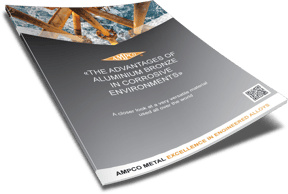As different as the causes of wear are, as diverse are its types. In this blog post you will learn everything you need to know about wear and tear in industry.
Everyone has certainly heard of wear and tear - but what exactly is behind the term? In order to get to the bottom of wear, we have to make a little excursion into physics.
What is wear?
Strictly speaking, wear is mechanical abrasion. This means that whenever two materials collide and rub against each other, mechanical abrasion occurs. This sort of abrasion always results in a loss of weight, because the friction constantly removes material from the surface of an object. A typical example of such a process is braking. Wear is the reason why we have to replace the brake pads on our vehicles from time to time. Due to friction when the brake pedal is pressed, two metals rub against each other and the brake pad loses material – it wears out.
What is wear resistance?
Wear resistance indicates how resistant a metal is to this process. The more wear-resistant a metal is, the less quickly it loses material from its surface - even if there is friction with another metal. There are several ways to increase the wear resistance of a metal. On the one hand, in certain machines it is possible to install a so-called wear part. This is easy to replace and not too expensive to purchase. This prevents the whole machine from breaking down and results in shorter but more frequent maintenance work. On the other hand, metals can also be hardened or specially coated to keep mechanical abrasion to a minimum. Another possibility is the use of lubricants which reduce the friction and thus the wear of the metals concerned.
Different types of wear
Normal wear
Each object is subject to normal wear and tear because friction causes any material to wear out naturally. Take the soles of your shoes as an example. Over time they wear out due to friction with the asphalt and you have to buy new shoes. The same thing happens everywhere where two materials come into contact with each other and it is inevitable. There are two more types of wear that can be distinguished.
Fretting
The term fretting refers to a special type of wear damage. This kind of wear always occurs between two materials at their contact point or contact surface. Over time, the quality of the surface layer at this point or surface deteriorates - it becomes rough and microcracks can occur. These microcracks can then spread further in the material and lead to fractures. Like normal wear, fretting happens consecutive over time and not immediately.
Galling and seizing
Like Fretting, Galling is also a common form of wear. Galling occurs when two metals are in sliding contact. The two surfaces become interlocked due to their crystal structure. Under the tensile force, deformations of the surface can occur, which we perceive as scratches. Galling can be prevented by using sufficient lubricant. Certain alloys, such as brass or bronze, are also more resistant to galling. In contrast to fretting, this wear damage can occur immediately and not just over time.
Causes of wear and tear
The main causes of wear are first mechanical constraints like abrasion or erosion, and second chemical reactions weakening the material like corrosion. But various other things have an influence on whether and how fast wear takes place. The type of material of the two objects, its shapes and its surfaces influence wear just as much as the presence or absence of an intermediate medium, such as a lubricant. Another factor influencing wear is the type of movement - i.e. a rolling, sliding or pushing movement. In addition, the surrounding atmosphere and temperature can also have an influence on wear.
If you want to dive deeper into the various applications of Aluminium Bronze, download our Technical Paper «The advantages of Aluminium Bronze in corrosive environments».





